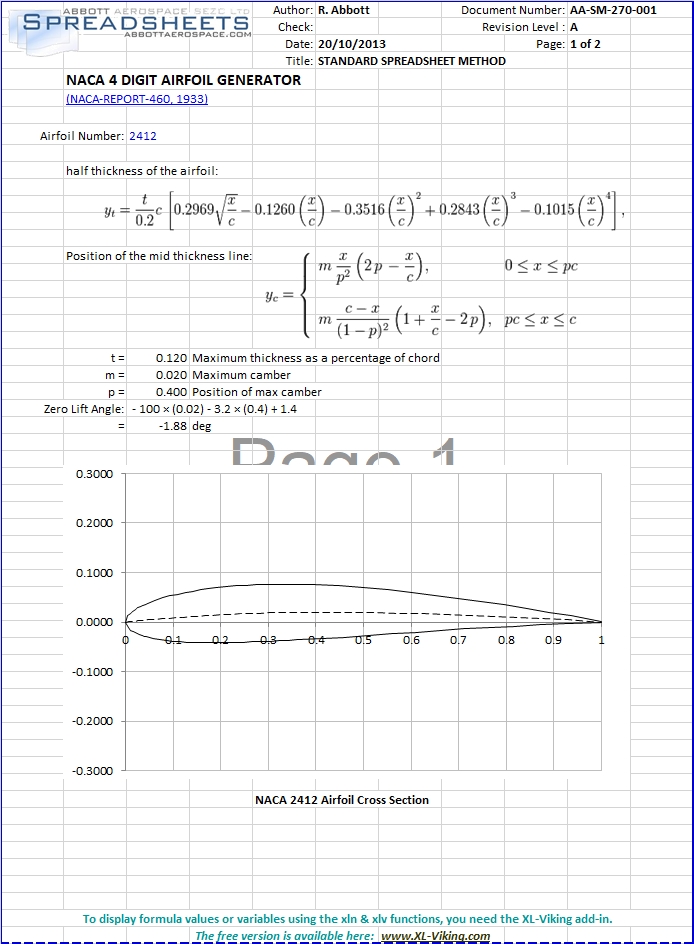

Many aircraft carry vane vortex generators from time of manufacture, but there are also aftermarket suppliers who sell VG kits to improve the STOL performance of some light aircraft. For swept-wing transonic designs, VGs alleviate potential shock-stall problems (e.g., Harrier, Blackburn Buccaneer, Gloster Javelin). Įxamples of aircraft which use VGs include the ST Aerospace A-4SU Super Skyhawk and Symphony SA-160. Other devices such as vortilons, leading-edge extensions, and leading-edge cuffs, also delay flow separation at high angles of attack by re-energizing the boundary layer. Vortex generators are used to trigger this transition.

A turbulent boundary layer is less likely to separate than a laminar one, and is therefore desirable to ensure effectiveness of trailing-edge control surfaces. Vortex generators are positioned obliquely so that they have an angle of attack with respect to the local airflow in order to create a tip vortex which draws energetic, rapidly moving outside air into the slow-moving boundary layer in contact with the surface. They can be seen on the wings and vertical tails of many airliners. VGs are typically rectangular or triangular, about as tall as the local boundary layer, and run in spanwise lines usually near the thickest part of the wing. On both aircraft and wind turbine blades they are usually installed quite close to the leading edge of the aerofoil in order to maintain steady airflow over the control surfaces at the trailing edge. To accomplish this they are often placed on the external surfaces of vehicles and wind turbine blades. It can provide some instructional meaning to the application of vortex generators on the wind turbine blade, which benefits to the utilization of wind power.Vortex generators are most often used to delay flow separation. According to the results of the vortex generators, the vortex generators can effectively enhance the lift coefficient of the airfoil and control the flow separation.
#AIRFOIL GENERATOR GENERATOR#
Double vortex generator arrangements show better performance in the control of flow separation and further improve the aerodynamic performance of the airfoil S809. It is shown that the vortex generators can effectively improve the aerodynamic performance of the airfoil S809 and decrease the thickness of the boundary layer. The results were obtained with three-dimensional incompressible Reynolds-averaged Navier-Stokes equations, and the turbulence was simulated with the shear stress transport k– ω turbulence model. In this paper, the vortex generators in order to control the flow within the boundary layer of the S809 airfoil with the momentum transferring and the vortex trajectory was discussed. In this paper, the aerodynamic performance of the airfoil S809 without and with vortex generators was investigated using a computational fluid dynamic method of simulation. Vortex generators are widely used passive flow-control devices to improve the aerodynamic performance of large wind turbines.


 0 kommentar(er)
0 kommentar(er)
